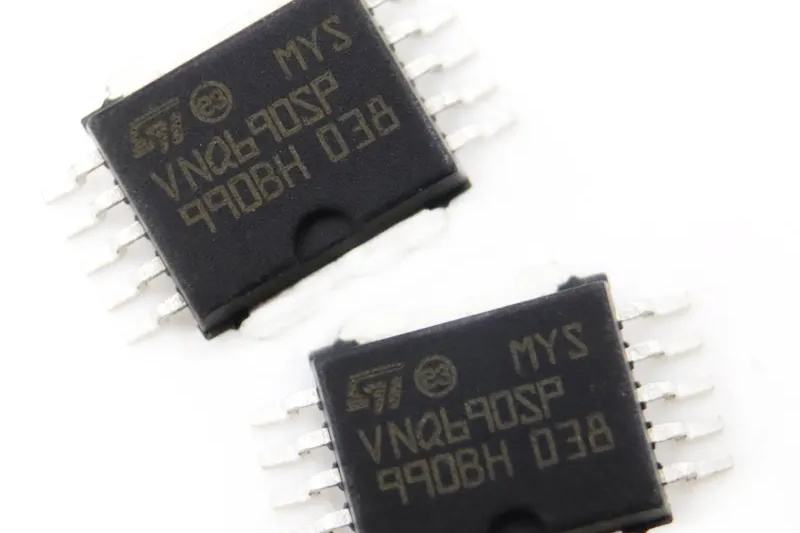The functionality of constructional components such as the IC electronic components seems to be escalating at a rapid rate considering the advancement of technology today. Integrated circuits have become one of the key components smuggled in all modern electronics from communication devices such as mobile phones, into medical equipment, the automotive industry as well as to the manufacturing machinery. In the current competitive world, especially in the area of science and technology, it is important for businesses and manufacturers to seek the services of Keshijin which guarantees the provision of new technologies and quality ICs. In this text, the relevance of Integration Circuit (IC) electronic components, the figures who are transforming this area and Keshijin’s position in the market will be discussed.
What is the role played by the IC Electronic Components in this modern world
IC electronic components can, in simple terms, be described as small circuits fabricated on a semiconductor, which is commonly made of silicon. This means these components serve specific purposes such as amplification, computing, and powering. The most progressive feature about ICs is their capacity to contain several thousands, and nowadays millions, of other electronic parts on a single chip, thus maximizing optimal efficiency and capability in the construction of present-day electronic devices.
In the field of consumer electronics and even in large machines, ICs are integral to the growth and evolution of such systems. They are dependable, fast, and economical, which is why their use is essential in changing telecommunications, health care, automotive electronics, and industrial processes.
Key Innovations in IC Electronic Technology
The past few years saw the IC electronic industry catch up with the rest of the world in terms of impressive devising solutions in a bid to create powerful, compact, and less power consuming electronic products. Some of the major advancements include:
Miniaturization: In this ever – connected world, there is always the need for ICs which are smaller but highly efficient. The development of Chips at nanoscope scale has been made possible with improvements in semiconductor manufacturing enabling the creation of the smaller devices which are still functional.
Energy Efficiency: There has been increased focus on high – performance low – power ICs by the manufacturers. In both mobile phones and data centers, energy consumption in these devices has become a flag for improvement. This energy retaining characteristic of Advanced ICs has become an important factor in modern technologic advancement and environmental protection efforts.
Processing Speed: The increase of computation power in modern integrated circuits has enabled the performance of intensive computation on a real time basis. This requirement, for instance, is significant in artificial intelligence, machine learning, and big data analytics where the data needs to be processed in a fast manner.
Robustness: As a new trend, integrated circuits are being manufactured to survive rigorous conditions and environments where automotive, aerospace and industrial applications are the main targets. These powerful components are able to work successfully in high pressures, extreme temperatures and hostile environments hence suitable for critical operations.

 EN
EN
 AR
AR
 BG
BG
 HR
HR
 CS
CS
 DA
DA
 NL
NL
 FI
FI
 FR
FR
 DE
DE
 EL
EL
 HI
HI
 IT
IT
 JA
JA
 KO
KO
 NO
NO
 PL
PL
 PT
PT
 RO
RO
 RU
RU
 ES
ES
 SV
SV
 TL
TL
 IW
IW
 ID
ID
 LV
LV
 SR
SR
 SK
SK
 SL
SL
 UK
UK
 VI
VI
 HU
HU
 MT
MT
 TH
TH
 TR
TR
 FA
FA
 AF
AF
 MS
MS
 GA
GA



